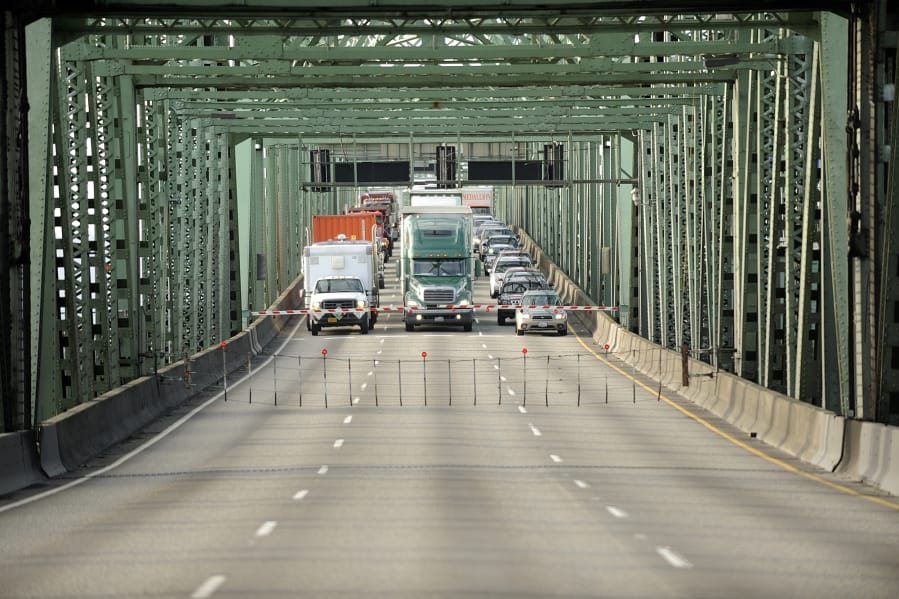Replacing the Interstate 5 Bridge and other megaprojects are inherently difficult because of their size and complexity.
Megaprojects are loosely defined as projects costing more than $1 billion. They often involve multiple jurisdictions where a diverse group of interests must coalesce.
Bent Flyvbjerg, a widely acclaimed expert on project management and professor at the University of Oxford’s Saïd Business School in England, has written and spoken extensively about megaprojects.
Flyvbjerg’s research traces megaprojects back more than 150 years to construction of the Suez Canal, which cost 1,900 percent more than initial estimates. According to Flyvbjerg, nine out of 10 megaprojects have cost overruns, and overruns of 50 percent or more are not uncommon.
Flyvbjerg identified what he calls the “iron law” of megaprojects: over time, over budget, under benefits, over and over again.
No one disputes the importance of schedule and budget, but projects that fail using those measures have succeeded based on other metrics. The Sydney Opera House was completed 10 years behind schedule and more than 1,300 percent over budget. Yet, the performing arts center has become one of the world’s most recognizable structures, visited by more than 10.9 million people annually.
Aaron Shenhar, a former professor at Rutgers University, Stevens Institute of Technology, the University of Minnesota and Tel Aviv University, said budget and schedule do not define a project’s success to the exclusion of all else.
“Many of the most successful initiatives were not completed on time,” Shenhar said. “But they endured and they withstood for generations. And the Sydney Opera House is a good example.”
Three key ingredients
Two years ago, Shenhar and Vered Holzmann published a paper identifying three key ingredients for megaproject success:
• Clear strategic vision: A succinct description of the objective or outcome, such as what President John F. Kennedy said in May 1961: “I believe that this nation should commit itself to achieving the goal, before this decade is out, of landing a man on the moon and returning him safely to the Earth.”
• Total alignment: Different parties and stakeholders, from the project’s lead sponsor down to neighborhood advocates, understand and support the vision and project goals.
• Adapting to complexity: Megaprojects are complicated, multifaceted undertakings that require identifying specific challenges and determining how to overcome these challenges, instead of relying on past approaches or one-size-fits-all formulas.
Shenhar, who said he has heard of the Columbia River Crossing but is not familiar with its specifics, said the biggest mistake in megaproject management is not spending enough time to forge the right vision.
“The moon landing had a clear vision,” he said. “But after the moon landing, NASA developed the space shuttle. And we all know what happened with the space shuttle.
“There was no adapting to complexity,” he added. “They claimed they had done similar things in the past, it would be a piece of cake. It wasn’t.”
What’s needed for the I-5 Bridge replacement, he said, is a neutral third party to help shape a vision, a difficult but essential step.
“We have to create the right collaboration ahead of time before we even start with the project,” he said. “They need some kind of guidance from a neutral party that will ask the right questions and combine all these points of view into a unified discussion.”





